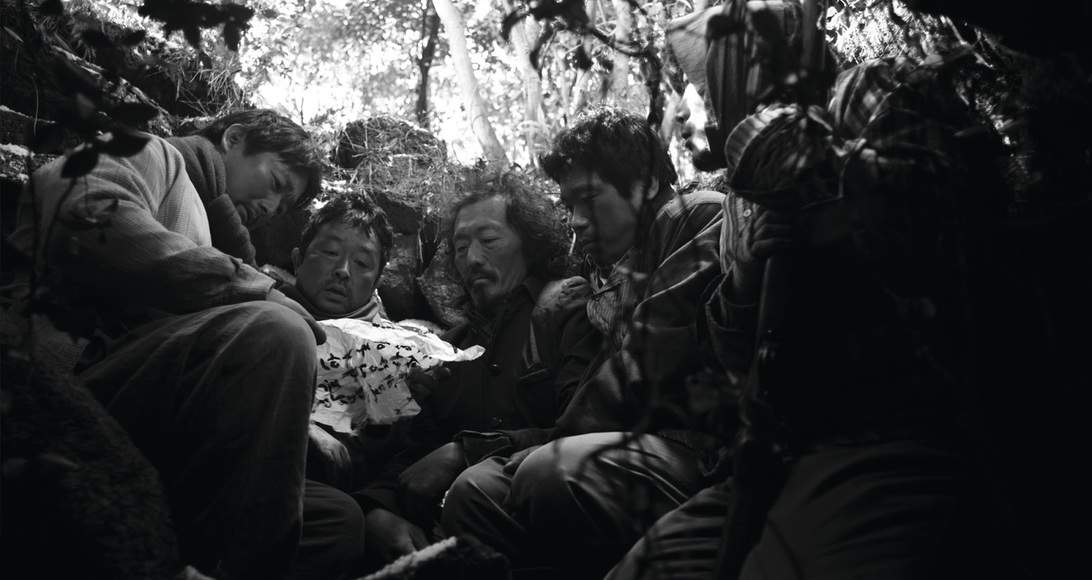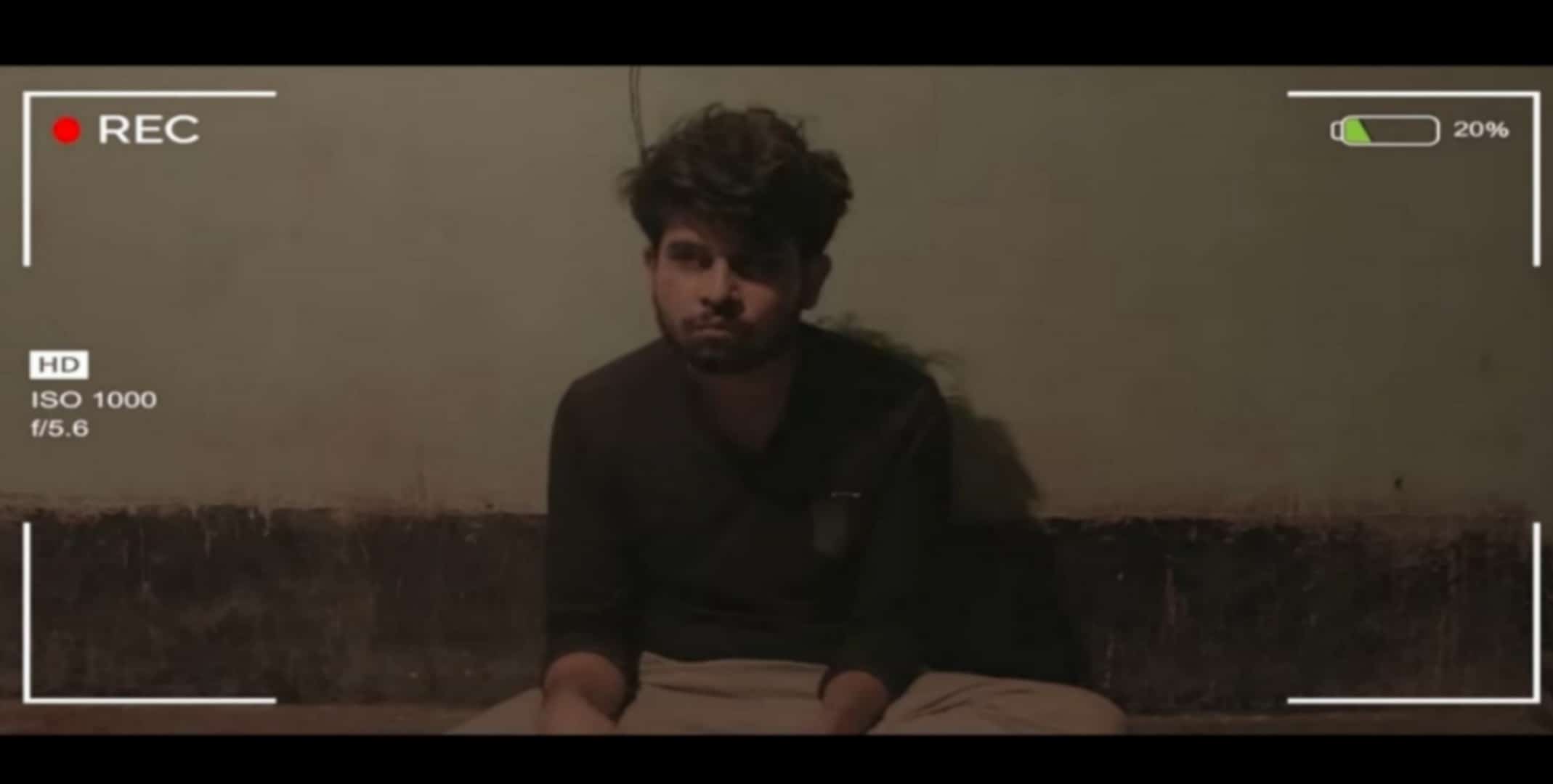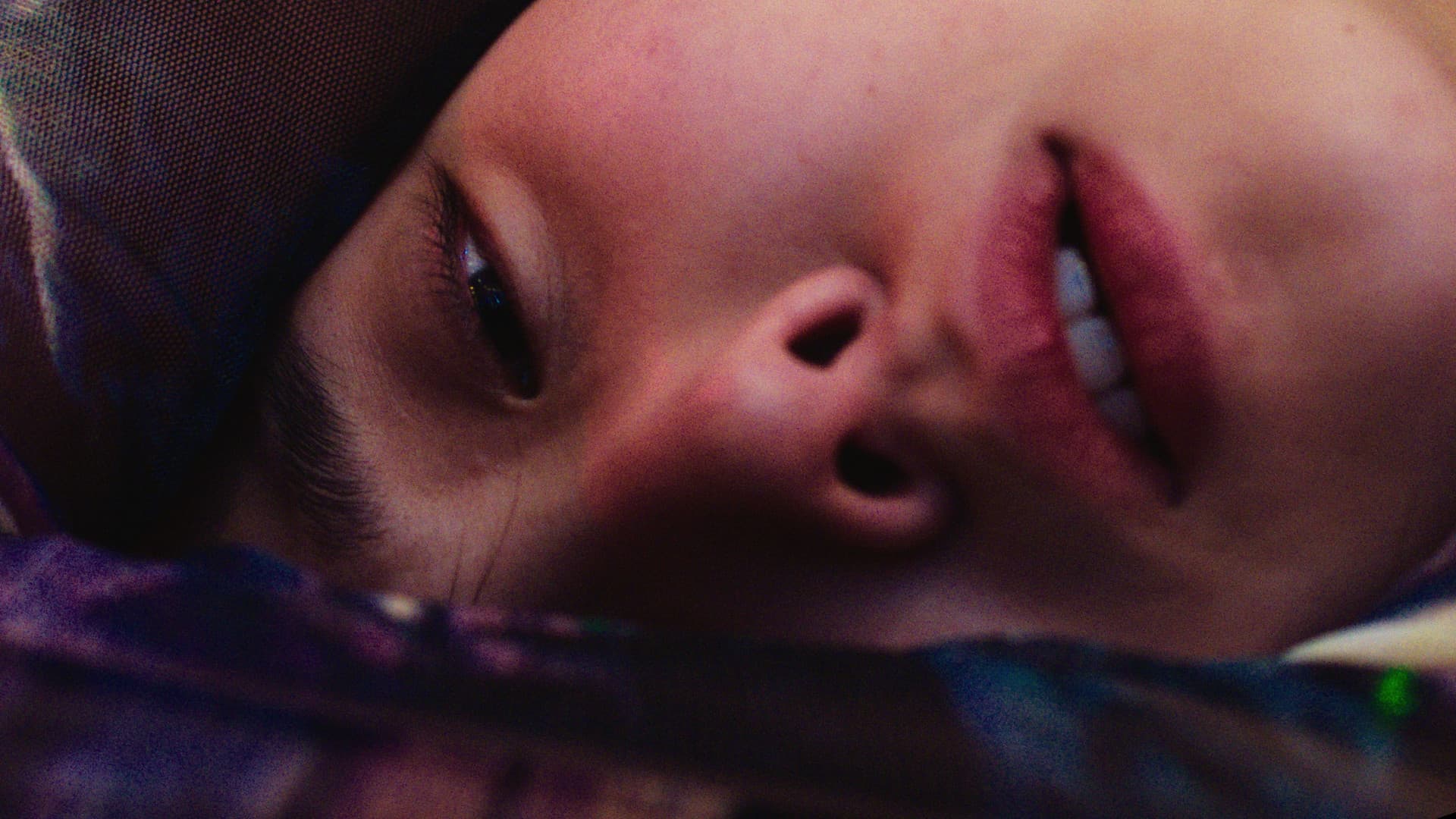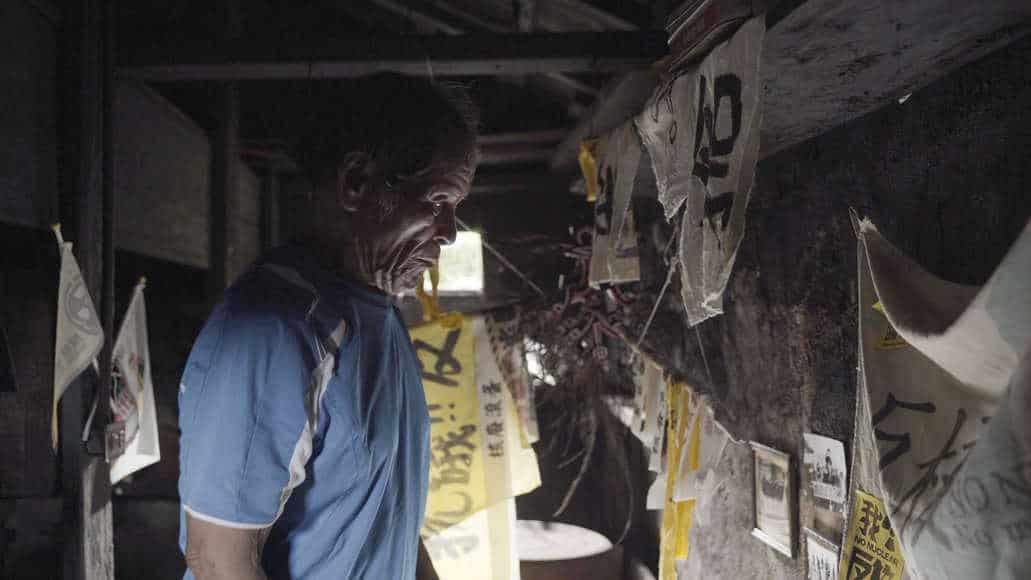You can hear echoes of boomers moaning: “twenty-something girls, spending all their time on Instagram”. Well, yes, this is what Cat and Hannah (Catherine Haigh and Hannah Congdon) have been doing for a while, to organise, fund and populate their road trip to Central Asia, along the legendary M41, known informally and more commonly as the Pamir Highway, the second highest altitude international highway in the world. Best friends since they were 18, once out of university, they started to wonder what young women of their own age living on the other side of the world were doing with their life and what kind of struggles and joys they were experiencing. How is it growing up in a rarely talked-about and – for the Western standards and stereotypes – a less glamorous corner of Asia, where the close-knit patriarchal family culture doesn't make life easy for women?
“Women Behind The Wheel” screened at Edinburgh International Film Festival

After a crowdfunding campaign and some capillary work on social media to organise a tight schedule of meetings and interviews, the two set off in July 2018 for Bishkek, Kyrgyzstan where all starts and finishes. There in fact, they hire a 4×4 Toyota for their drive along the entire length of the Pamir Highway, starting in Termez, Uzbekistan, crossing Tajikistan and finishing in Kyrgyzstan, a trip rarely (or maybe never) attempted by women, across countries where you rarely see a woman behind the wheel. The car is fitted with a go-pro camera on the dashboard (like an introverted dash-cam) filming the car interior and the two filmmakers while driving and chatting about their encounters. The rest of the filming equipment is operated by them too, making the documentary completely self-filmed.
Following Mikhail Gorbachev's democratic reforms in the USSR and the dissolution of the Soviet Union, Kyrgyzstan, Uzbekistan and Tajikistan, in August and September 1991, shortly declared independence from Moscow and became autonomous nations. Ties with their past as Soviet Union are still very tangible in these relatively new countries and not only in the statues of Lenin disseminating here and there. For many people, independence has brought harsher life conditions and – directly and indirectly – it affected the lives of women. Many towns and villages are still relying on Russia as job provider and in some areas, most men must migrate to find work, leaving the women behind to raise the children and fend against poverty and the inclement weather. Moreover, in some Islamic areas, after the breakup with Russia, young male students went to study in Islamic countries, establishing at their return an increasing trend towards stricter religious control and fundamentalism, sadly reversing a certain amount of freedom that women had enjoyed in the USSR era. Headscarves have returned too.
Many extraordinary women and places are reached by “Women Behind The Wheel” and I believe that – very sadly – many more had to be left on the cutting room floor to be able to stay within the 96-min length. Cat and Hannah visit an Islamic School for girls in Osh, and the feminist group Novi Ritm, found on social media, that helps girls and women to familiarize with their body and their pleasure; they stay in Samarkand with the family of Sitora, a young student who looks after her little brother affected by cerebral palsy and in Tajikistan they visit a café that supports women in abusive relations and also pay a visit to the Dushambe Zoo to speak with Zuhro, a very special animal keeper. In Dushambe, they also visit Sabina Tyuryaeva, the first Taekwondo gold medal in the world championships history, which she won after her marriage and almost three-year absence from the tournaments. Her account of running a professional sport career while raising her son and taking care of most family chores is quite inspirational.
Furthermore, Dilbar's effort to teach bee farming to women and helping them to start little businesses in an area where 80% of men migrate to Russia for work, is very uplifting too. Another amazing woman they meet is veteran gynaecologist Gulina, in Murghab, the highest town in Tajikistan at 3,650 m above sea level, a place founded by the Russians as their most advanced military outpost into Central Asia and then gradually abandoned. From Aiperi, a young hotel receptionist (who can drive!), we hear about the practice of bride kidnapping and from Jamilya, café owner and women's rights campaigner, we hear about domestic violence as an instrument to control women. Cat and Hannah witness some abusive behavior against women, and it is an occasion to reflect about the role of documentarists and the moral conundrum of filming or acting.
Cat and Hannah are young, dynamic, empathic and a great positive energy oozes from their work. “Women Behind The Wheel” is a collection of stories of solidarity, friendship, companionship, sisterhood, mutual help and extraordinary familial love and inspiring, supporting mothers. It is an ode to the quiet revolution, little acts of militancy and resistance, small cafes, small hubs, small communities; they are making a big difference. Moreover, the authors' friendship, their personal relationship and mutual respect are all the time under the audience's scrutiny, making them too an object of their own exploration, and deeply connecting them with all the women they met along the way.
One common problem with documentaries that follow the adventures of brave explorers in unknown countries is that sooner or later you start wondering who is actually filming them, and the thought of an unseen – but still very present – film crew is rather disturbing. In “Women Behind The Wheel” the problem has been eradicated completely as Cat and Hannah are the only crew there. This choice, that was probably originated by a budget requirement, is in reality one of the best assets of the documentary, as it infuses it with a very welcome sense of intimacy and honesty. The “interviews” are more friendly conversations than Q&A and all these positive factors make up for some shaking camera moments or other technical imperfections. The visual is impressive, helped by the stunning landscapes, the bright summer light and Cat and Hannah's eye for good framing, but essentially, the documentary is very focused on people than the adventurous drive. A pleasant mix of samples of traditional Central Asian instruments by Milad Yousofi is the soundtrack of the trip, mixed with Cat and Hanna's driving playlist.
Fresh, not too polished and enthusiastic, part travelogue, part emotional road trip “Women Behind The Wheel” is a bona fide documentary, bridging cultures and people, giving voice to the daughters of a neglected part of Asia.
















